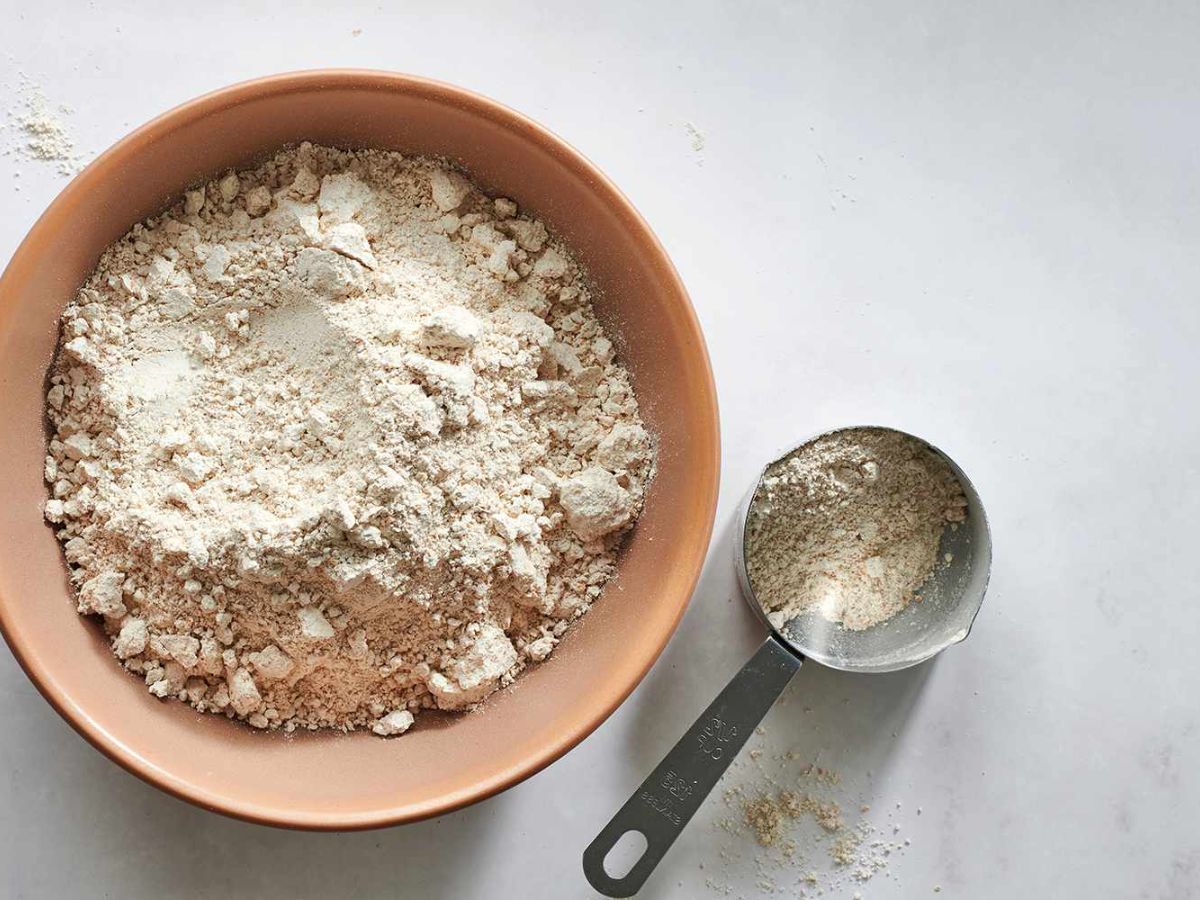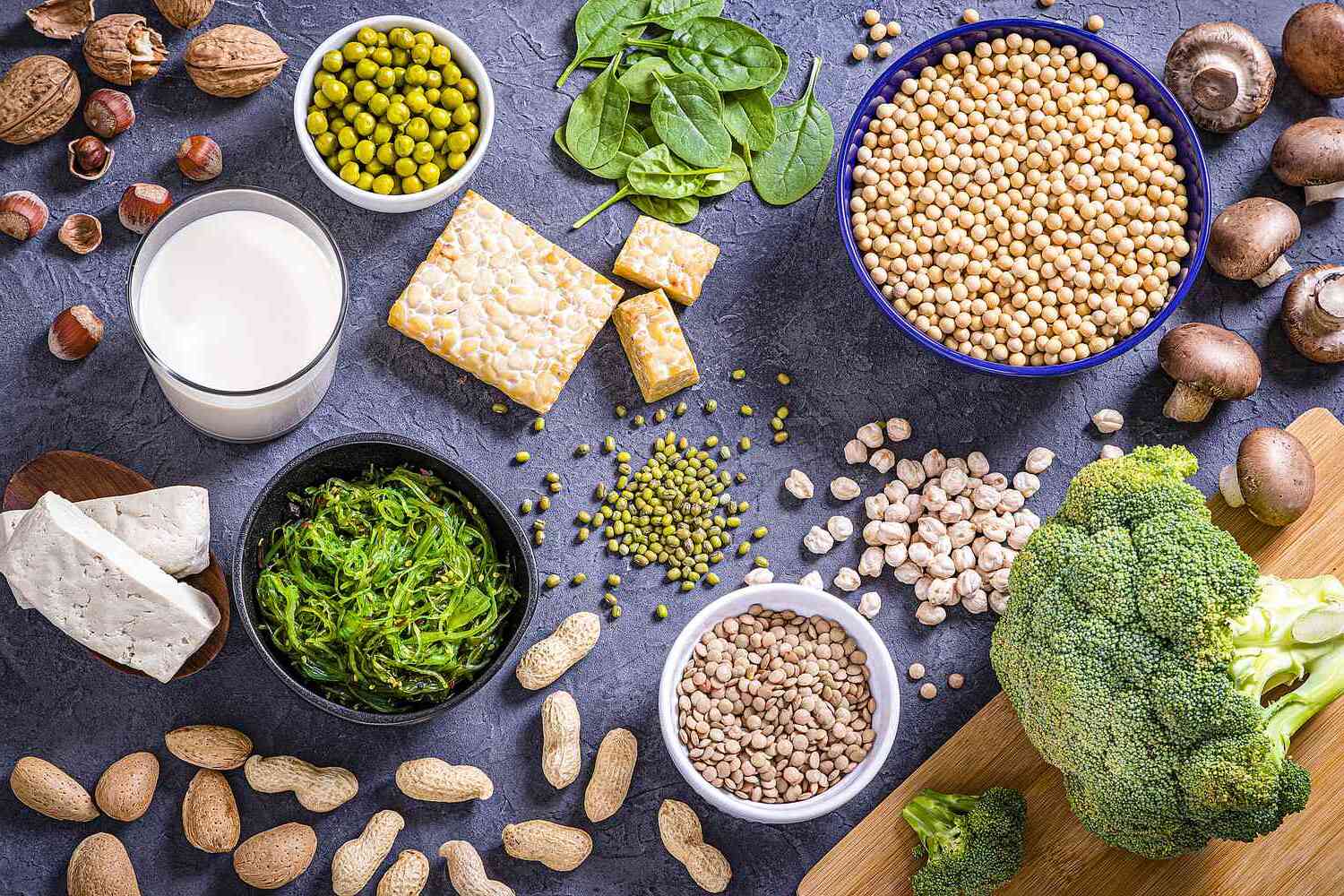
Spelt flour has been gaining popularity as a nutritious alternative to regular wheat flour. But what makes it so special? Spelt flour is packed with essential nutrients that can benefit your health in numerous ways. From its high fiber content to its rich supply of vitamins and minerals, this ancient grain offers a lot more than just a unique flavor. Whether you're looking to improve digestion, boost your immune system, or simply add more variety to your diet, spelt flour could be the answer. Let's dive into 25 amazing spelt flour nutrition facts that will make you consider adding this powerhouse ingredient to your pantry.
What is Spelt Flour?
Spelt flour, an ancient grain, has been used for centuries. It's gaining popularity due to its nutritional benefits. Let's dive into some fascinating facts about spelt flour.
-
Rich in Fiber: Spelt flour contains a high amount of dietary fiber, which aids digestion and helps maintain a healthy gut.
-
High Protein Content: This flour boasts more protein than regular wheat flour, making it a great choice for those looking to increase their protein intake.
-
Packed with Vitamins: Spelt flour is rich in vitamins, especially B vitamins like niacin, which support metabolism and energy production.
-
Mineral-Rich: It contains essential minerals such as iron, magnesium, and zinc, which are crucial for various bodily functions.
-
Low in Gluten: Although not gluten-free, spelt flour has a lower gluten content than regular wheat, making it easier to digest for some people.
Health Benefits of Spelt Flour
Spelt flour offers numerous health benefits that make it a valuable addition to your diet. Here are some key benefits.
-
Supports Heart Health: The fiber in spelt flour can help lower cholesterol levels, reducing the risk of heart disease.
-
Aids Weight Management: High fiber content helps you feel full longer, which can aid in weight management.
-
Boosts Immune System: The vitamins and minerals in spelt flour support a strong immune system.
-
Regulates Blood Sugar: Spelt flour has a lower glycemic index than regular wheat flour, which helps regulate blood sugar levels.
-
Promotes Bone Health: The magnesium and phosphorus in spelt flour contribute to strong bones and teeth.
Culinary Uses of Spelt Flour
Spelt flour is versatile and can be used in various recipes. Here are some interesting ways to incorporate it into your cooking.
-
Baking Bread: Spelt flour can be used to bake delicious, nutty-flavored bread.
-
Making Pasta: Use spelt flour to make homemade pasta for a healthier alternative.
-
Pancakes and Waffles: Substitute spelt flour in your pancake or waffle recipes for a nutritious breakfast.
-
Cookies and Cakes: Spelt flour works well in cookies and cakes, adding a unique flavor and texture.
-
Thickening Agent: Use spelt flour as a thickening agent in soups and sauces.
Environmental Impact of Spelt Flour
Spelt flour is not only good for your health but also for the environment. Here are some reasons why.
-
Sustainable Crop: Spelt is a hardy crop that requires less water and fewer pesticides than modern wheat.
-
Soil Health: Growing spelt can improve soil health due to its deep root system, which helps prevent soil erosion.
-
Biodiversity: Cultivating spelt contributes to agricultural biodiversity, which is vital for a resilient ecosystem.
-
Lower Carbon Footprint: Spelt farming generally has a lower carbon footprint compared to conventional wheat farming.
-
Organic Farming: Spelt is often grown using organic farming methods, which are better for the environment.
Historical Significance of Spelt Flour
Spelt has a rich history that dates back thousands of years. Here are some historical facts about this ancient grain.
-
Ancient Grain: Spelt is one of the oldest cultivated grains, dating back over 7,000 years.
-
Roman Diet: It was a staple in the diet of ancient Romans and was used to make bread and porridge.
-
Medieval Europe: Spelt was widely grown in medieval Europe and was a common ingredient in many traditional dishes.
-
Rediscovery: Spelt fell out of favor with the advent of modern wheat but has been rediscovered for its health benefits.
-
Cultural Significance: In some cultures, spelt is considered a symbol of fertility and prosperity.
Final Thoughts on Spelt Flour Nutrition
Spelt flour packs a punch when it comes to nutrition. It's loaded with fiber, protein, and essential vitamins like B3 and B6. This ancient grain also boasts a good amount of iron, magnesium, and zinc, making it a solid choice for those looking to boost their nutrient intake. Plus, its lower gluten content can be easier on the digestive system for some people.
Switching to spelt flour can add variety to your diet while providing numerous health benefits. Whether you're baking bread, making pasta, or whipping up pancakes, spelt flour can be a versatile and nutritious alternative to regular wheat flour. So next time you're in the kitchen, consider giving spelt flour a try. Your body might just thank you for it!
Was this page helpful?
Our commitment to delivering trustworthy and engaging content is at the heart of what we do. Each fact on our site is contributed by real users like you, bringing a wealth of diverse insights and information. To ensure the highest standards of accuracy and reliability, our dedicated editors meticulously review each submission. This process guarantees that the facts we share are not only fascinating but also credible. Trust in our commitment to quality and authenticity as you explore and learn with us.


